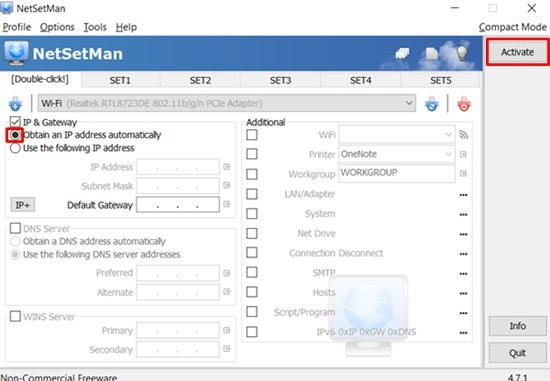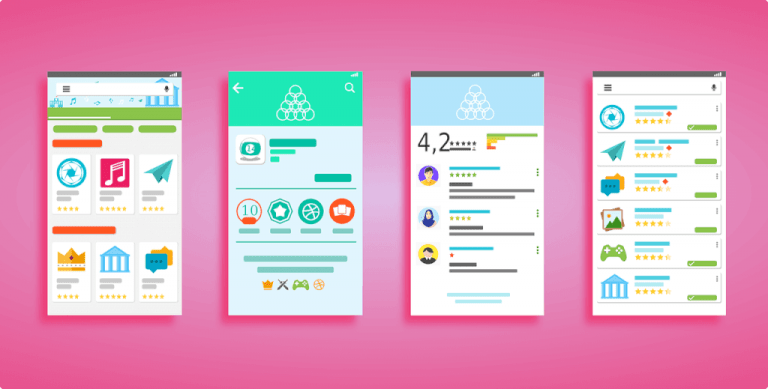How to Choose the Right SAST Tool to Secure Your Application?
Every organization that treats security as a priority requires SAST security, or static analysis, tool for their Software Development Life Cycle. Static analysis tools analyze the source code of your application in the earliest stages of development, detecting the vulnerabilities and security issues at a time when they’re cheaper and easier to resolve.

Tips for Choosing the Right SAST Tool
Here are all the considerations you need to make for selecting the right static analysis tool.
Evaluation Stage Considerations
Open-Source vs. Commercial Tools
Like any other security tool, SAST tools come in two forms: free versions (also known as open-source versions) and paid versions (also known as commercial versions). Your SAST tool will depend on the needs of your development team. Some tools charge you on the basis of the length of your code, while others consider the number of developers that will use the tool.
We would suggest you use a free scanner in the beginning. Try a few different tools and show their value to your organization. You can then move to a commercial tool with more abilities.
Language Support
When considering different SAST tools, you should always favor tools that support the languages in your development environment.
File Type Support
SAST tools also vary in their ability to work with different code files. While some tools do pre-compilation scanning by running just source code, others do post-compilation scanning where they run on binaries and need all application dependencies to run the scans. Choose the tool that best complies with your development needs.
Making the Tool Work for Your Team
We cannot reiterate it enough, your development team and its structure matter! And this is true while choosing the best SAST tool as well. Your organization can either have a dedicated team for application security or one or more individuals in each team responsible for security considerations. How your organization’s teams are structured will influence the qualities you look for in a SAST tool. This is because each SAST tool comes with different licensing and subscription options dependent on the team.
Set-Up Stage Considerations
The Simplicity of Use
Just like every tool, one of the essential features of a SAST tool is its usability or, rather, the simplicity of its use. The thing that identifies a good tool is that the user (i.e., you) should not need to go through too many steps to run it. If a tool takes too long to just start a scan, it will waste your time and resources. This is not something any efficient organization or developer wants.
Scaling to More Languages
This feature adds to the language support feature above. Your chosen SAST tool should be able to add another language to the environment. As new technologies emerge, you might change a language in your application’s development environment. In cases like these, your SAST tool should accommodate the change.
Speed
Irrespective of the SAST tool you choose, scanning is always going to take some time. Therefore, you should be on the lookout for the tools that go a few extra steps to reduce this time. For instance, a feature to look out for might be the tool being able to scan parts of your code at a time. This can be useful when your team has multiple developers who want to scan their code simultaneously.
Scanning Considerations
Range of Supported Frameworks
The SAST tool you choose should support the development framework used for your application. This allows the tool to find vulnerabilities in your code. If your SAST tool doesn’t have support for your development framework, it will cause false results. You can eliminate these by using a flexible tool that will support your development framework.
Vulnerability Coverage
Different vulnerabilities might be present in your application. Naturally, your SAST tool should cover these vulnerabilities. It should also cover business logic flaws such as authentication issues. It is always a plus point to choose a SAST tool that ensures the best coding practices in your code. In short, the tool you select should cover as many vulnerabilities in your code as possible.
Accuracy
Two factors determine the accuracy of a SAST tool. One is the number of True Positives, also called correctly detected vulnerabilities. And the other is the number of False Positives, also known as incorrectly detected vulnerabilities. For determining the accuracy, find the results of a tool on a mock application where you already know the correct results. Then compare the two results for understanding the performance of the tool used.
Business Considerations
Costs Incurred
While comparing SAST tools with similar capabilities, an important thing to consider is the cost incurred by each. Licensing charges will vary according to the number of users and features required. At this stage, you need to consider both the current business scenarios and future use case scenarios.
Also, some vendors provide professional support while others don’t. This includes things like engineering support and training for your teams. Your SAST tool should have these features because they can help you avoid a lot of problems in the future.
Customizability
You may work independently on a project or for an organization. In any of these cases, you want to improve an application as much as possible. This requires additional information through security testing. Thus, your SAST tool should have flexible options to accommodate these needs. Some tools (mostly paid ones) will provide you much more flexibility for adapting to the software frameworks and business logic of an organization. Other tools (mostly free ones) work behind closed doors, so to say, and don’t provide many customization options. So choose one that fits you the best.
In Conclusion
We have listed down all aspects that you need to consider while choosing a SAST tool. But you need to understand that not everything listed above will have the same weight for every scenario. So, carefully analyze the pros and cons of every tool you shortlist.
Security is no longer an extra feature of an application; it has become an essential part of it. So, use our list to meticulously vet multiple tools to find the best fit for you and your organization.

Hello! My name is Lucas, and I am the creator of ursuperb.com. I’ve been writing about technology for almost 10 years now, and I love talking about tech news, reviews, and tutorials. I’m currently living in San Francisco, CA, and I’ve been blogging professionally since 2012. I love what I do, and I really enjoy interacting with people online. I believe in creating positive change for humanity, and I try to inspire others to do the same. You can read more about me here.
My favorite thing about Ursuperb is that I’m able to provide useful information to anyone interested in learning more about technology. No matter what kind of tech you use (computer, smartphone, tablet), you will definitely find something interesting to read on Ursuperb. So, let’s take a look at some of the topics I cover on Ursuperb:
1) How To Build An Online Business With WordPress
2) How To Make Money On YouTube Using AdSense
3) What Is Google Analytics? And Why Should You Use It?
4) How To Make Your Own Website Design Software For Free

![Best Transcription Software for Mac [FREE+Paid]](https://www.ursuperb.com/wp-content/uploads/2020/01/write-2654137_12801-768x512.jpg)


